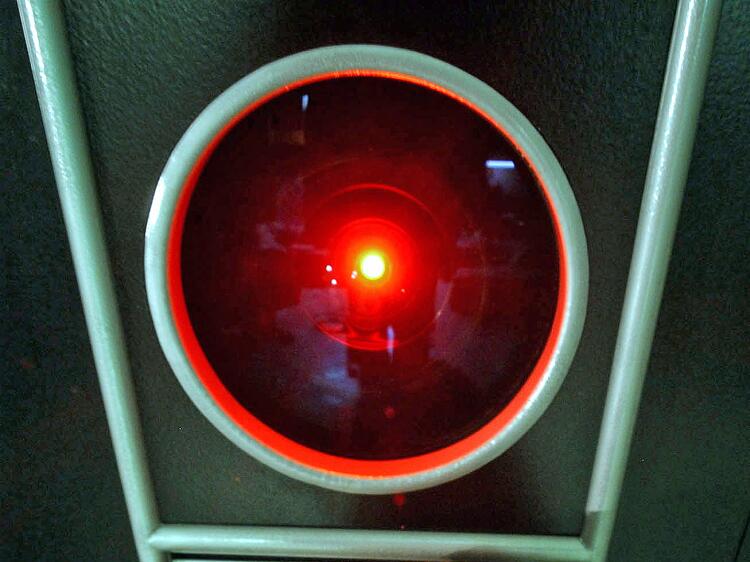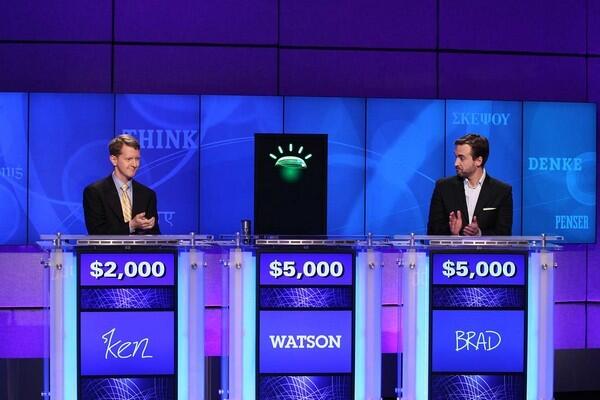
Hal 9000
The murderous and talkative computer from

The battle for mankind’s future is happening now. Not in the city streets or on the edges of outer space, but in a Hollywood soundstage, where “Jeopardy!” champions Ken Jennings and Brad Rutter are playing against

Hal 9000
The murderous and talkative computer from